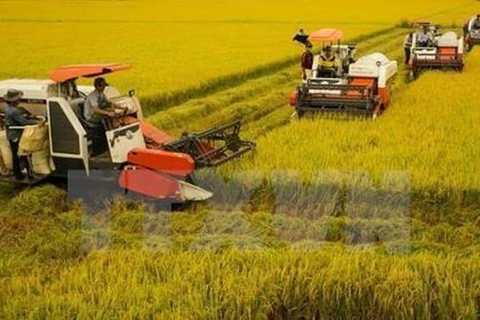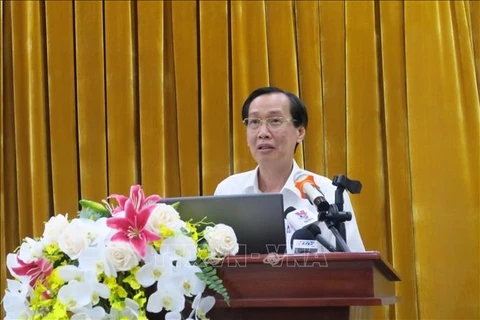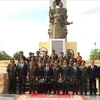Hanoi (VNA) – The national target programme on new-style rural area building has given a facelift to rural areas over the pat nearly decade, according to Deputy Prime Minister Trinh Dinh Dung.
Speaking at a meeting on the programme on June 11, Dung said investments have been poured into essential infrastructure projects in transport, irrigation, culture, health care and education.
He stressed that the programme has received the warm response of the entire political system and people, adding that thanks to the joint efforts, the country has completed five goals set under the programme for 2016-2020, two years ahead of schedule.
Dung, however, pointed to shortcomings in the work like poor performance of certain regions and localities, large income gap, limited investments in agriculture and loose connectivity between farmers and businesses and cooperatives.
“Building new-style rural areas must be closely linked with urbanisation, industrialisation and modernisation,” he emphasised.
Regarding the building of criteria for new-style rural areas for the next five years, Dung said it must match the reality and resources of localities and regions.
Cooperatives and enterprises should be the driving force in investment, workforce development, production and consumption, he said.
The Deputy PM assigned the Ministry of Agriculture and Rural Development to soon complete procedures to submit the national target programme on new-style rural area building for 2021-2025 to the National Assembly for approval.
Statistics unveil that 5,177 communes or 58.2 percent of the total nationwide have been recognised as new-style rural areas, and 127 out of the 664 districts in 45 cities and provinces have won the title.
Meanwhile, 45 districts in the remaining 21 cities and provinces have no communes qualified as new-style rural areas, said Deputy Minister of Agriculture and Rural Development Tran Thanh Nam.
Currently, 19 criteria are used to assess the development and improvement of communes in terms of infrastructure, irrigation, electricity, environment, income, education, healthcare, social security and culture.
Nine criteria are used to assess districts.
Deputy Minister Nam said the criteria would be adjusted to increase decentralisation and increase flexibility when assessing localities’ performance in building new-style rural areas.
The changed criteria were also expected to encourage disadvantaged communes/districts to continue seeking recognition between 2021 and 2025./.
























